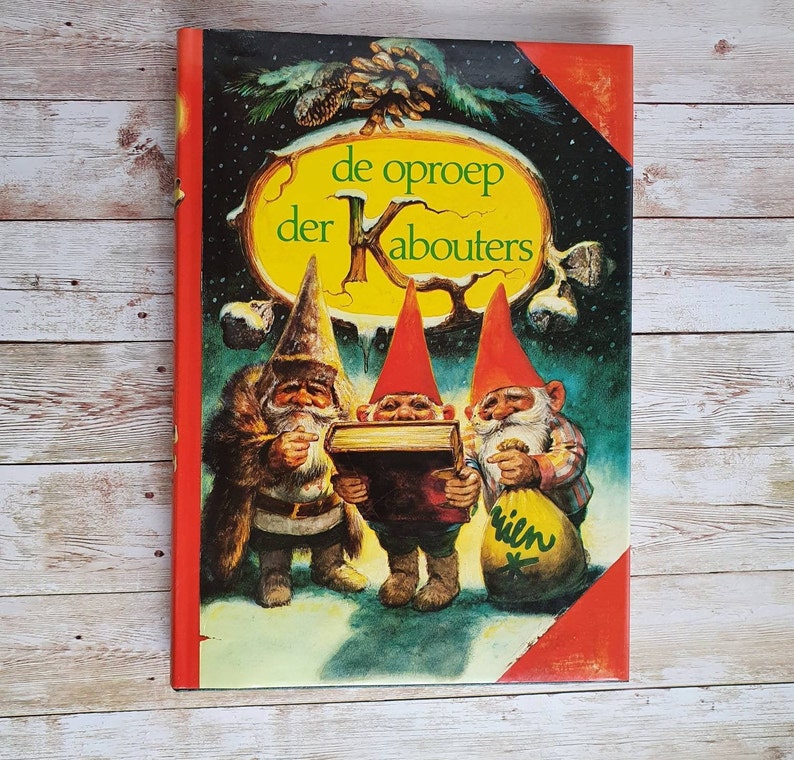

The gnomes also used to live in society alongside humans, especially in Europe, but due to pollution and deforestation they've slowly retreated to their secret homes. A gnome pregnancy takes 12 months, and they always have twins, who live with their parents for at least a hundred years. The female gnome is generally smaller than her male counterpart, and her clothing is grey instead of blue. They are very small ("weight less than one pound and stand six inches high") and can live upwards of 400 years. It describes every aspect of the mythical creatures. In the book, Huygen and Poortvliet say they've spent at least twenty years observing them and call their study the "first work of consequence on the subject to be published since Wunderlich's bulky and dubious treatise De Hominibus Parvisimis appeared in 1580". The book is written like a biology book, describing the habitat of the mythical creatures known as gnomes (Dutch: kabouter).

Its financial success led to the creation of several spin-off books about the same fictional creatures, as well as many other products, such as toys, clothing and games.

Gnomes sold almost a million units after its first year of being published in the United States. Huygen's writing, which mixed physiology with fiction, and Poortvliet's drawings, which used a natural style and watercolor, were both praised. The book explains the life and habitat of gnomes in an in-universe fashion, much as a biology book would do, complete with illustrations and textbook notes. 'Life and work of the gnomes' ), then released in English in 1977, is a fiction book written by Wil Huygen and illustrated by Rien Poortvliet. Gnomes, originally published in Dutch in 1976 as Leven en werken van de kabouter ( lit.


 0 kommentar(er)
0 kommentar(er)
